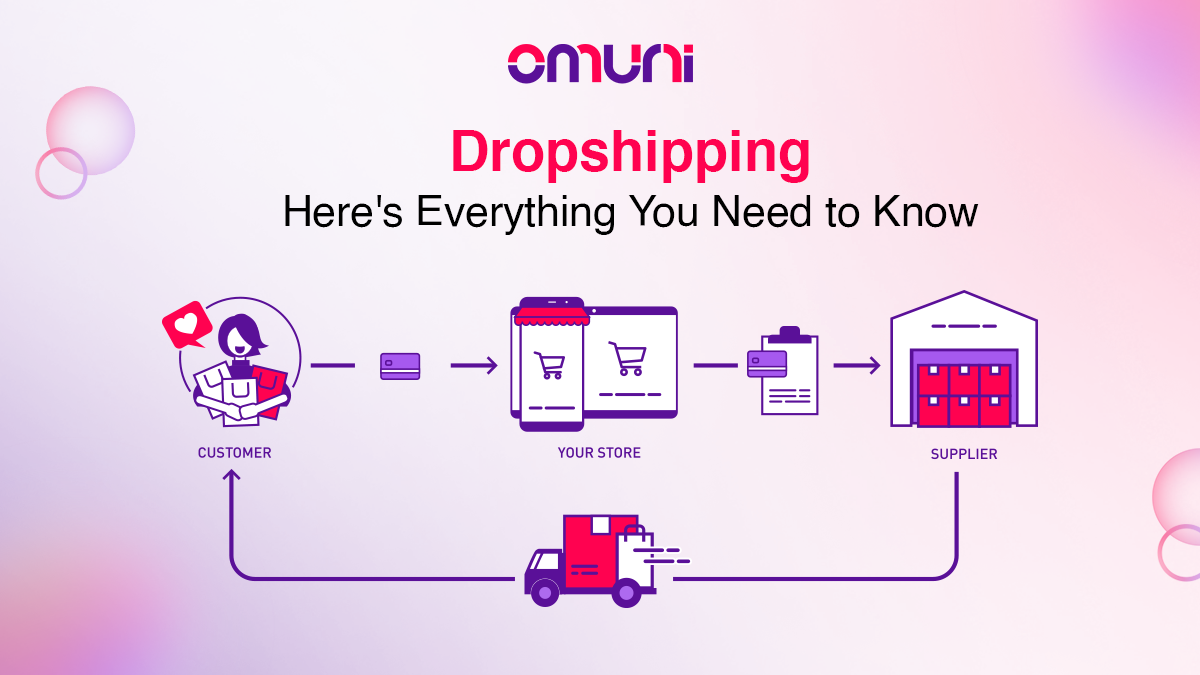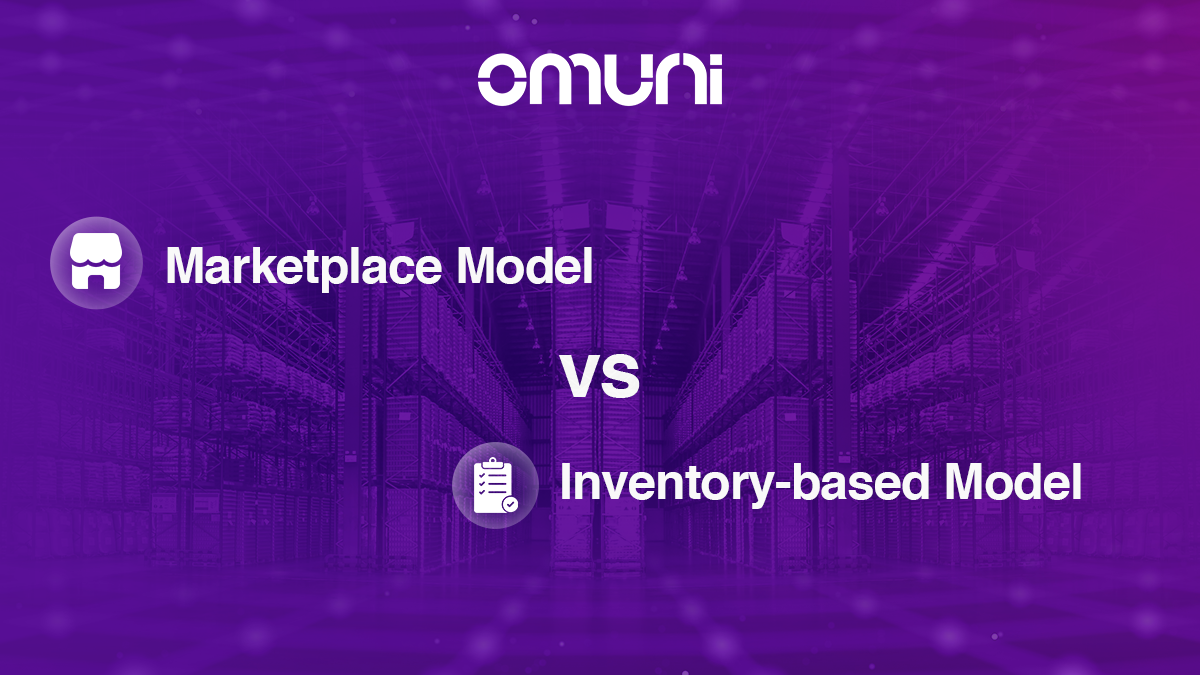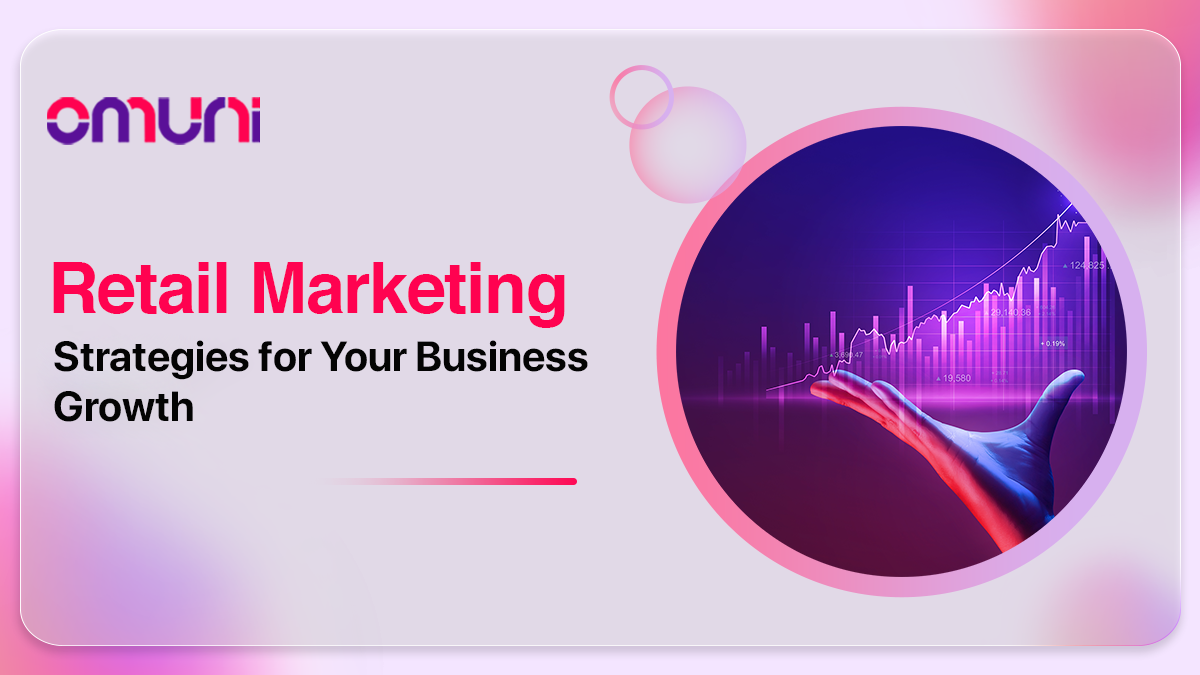Customer Conversion Rate: What is It, and How to Calculate It?
The customer conversion rate is one of the most talked-about topics among marketers and businesses around the globe. There’s a lot that rides on the conversion rate when we talk of an enterprise. Customer conversion rate is a critical metric, so much so that companies spend considerable time and thousands of rupees finding ways to increase their customer conversation rate.
Not only does conversion rate serve as a key indicator that provides valuable insights into the success of various business strategies and tactics, but it also helps businesses maximise their profitability and growth. In this blog post, we will explore the depths of customer conversion rate, its definition, calculation and the strategies to improve it.
What is the Customer Conversion Rate?
Customer conversion rate is a critical metric used mainly in digital marketing or the realm of business that quantifies the percentage of potential customers who take the desired action. This action may be something like making a purchase, subscribing to a service or completing a form, among other predefined goals. The conversion rate is directly proportional to your profitability.
Please note that the conversion rate concept applies across various industries and business models, including but not limited to eCommerce, the service sector and several other online outlets. Interestingly, irrespective of the specific industry, the primary goal is to achieve a higher conversion rate, as it directly impacts a business’s overall success and profitability.
How to Calculate Your Conversion Rate
Estimating your conversion rate is simple. You just need to have two key metrics — for an eCommerce business, total website visits and conversions. After you have these two metrics, you can calculate the conversion using the following formula:
Conversion rate = total conversions / total visits to your website
For example, imagine that your eCommerce site receives 10,000 monthly visitors. Of those 10,000 visitors, 500 purchased your products.
Your ecommerce conversion rate = 500 / 10,000 X 100 = 5%
- A higher conversion rate indicates a higher percentage of successful conversions for the total opportunities, which is generally considered favourable for your business.
- On the other hand, a lower conversion rate suggests a lower percentage of successful conversions for the total opportunities, revealing potential areas for improvement in your marketing plans or user experience.
Importance of Conversion Rate

As we have already emphasised, the conversion rate is essential in marketing and business. It is used to gauge the effectiveness of marketing campaigns across industries. The importance of conversion rate lies in several key aspects:
Revenue Generation
One of the most important aspects of conversion rate is that it directly affects revenue. A higher conversion rate translates to more customers or sales, increasing revenue and profitability. By optimising the conversion rate, you can maximise your bottom line from marketing efforts.
Marketing Strategies Evaluation
Conversion rate determines how practical and effective your marketing strategies and efforts are in the real world. It reveals how people respond to your marketing campaigns, website design, user experience and sales processes. The conversion rate approximates the number of user responses to the total number of contacts.
Competitive Advantage
A higher conversion rate in competitive enterprises can give a business a significant edge. Adopting a seamless and compelling conversion process allows you to differentiate yourself from the competition, attract more customers and increase market share.
Customer Insights
Another crucial aspect of customer conversion is that it delivers valuable insights into customer behaviour, preferences and pain points. You can make data-driven decisions to improve your products, services and user experience by analysing issues and the friction points customers face. This continuous optimisation often results in increased customer satisfaction and loyalty.
How to Improve Conversion Rate
Improving your conversion rate involves implementing strategies and changing your marketing and sales efforts. You need to do many things to improve your conversion rates, such as convey the value of your offerings, user experience and personalisation.
Here are some effective ways to improve your conversion rate:
Optimise Your Website or Landing Page
Your website or landing page is very much like your physical store. Your store’s ambience and overall appearance have to do much with the user experience. In the same way, your website or landing page should be visually appealing, easy to navigate and load quickly.
Also, consider including prominent and easy-to-use call-to-action buttons or forms to guide visitors towards conversion.
Implement A/B Testing
A/B testing is one of the trusted ways to see what customers prefer. If your website gets many visitors, you should conduct an A/B test to improve your conversion rate.
It’s a simple method where you make two versions of a landing page: option A and option B. Then, you send half of your visitors to option A and the other half to option B. After that, compare the results to see which one performs better.
You can change the landing pages to see what works best for you. For example, you can try different headlines, layouts, call-to-action, etc. By comparing the results, you can learn what changes lead to more conversions and improve based on the results.
Enhance User Experience
It all boils down to user experience, whichever you look at it. Whether a startup or a billion-dollar business, you must prioritise user experience.
To improve the conversion rate, you should simplify the conversion process by minimising the form fields or checkout steps.
Optimise your website for mobile devices to provide a seamless experience across different devices. Also, conduct usability testing to identify and address user experience issues that may hinder conversions.
Establish Trust
Trust is second to nothing in business and otherwise as well. As the American author and motivational speaker Zig Ziglar said, “In business, trust is everything. If people like you, they will listen to you. But if they trust you, they’ll do business with you.”
To make your website trustworthy, you can take a few steps. Firstly, put important information like “About us” or contact details. Secondly, you may display trust symbols such as customer reviews, testimonials, security badges or certifications.
Conclusion
The conversion rate is a crucial metric that helps businesses measure marketing effectiveness and track the percentage of successful conversions.
You can gain insights, make informed decisions and optimise your conversion funnel for better results by understanding how to calculate it.
Monitoring and analysing conversion rates over time allows you to refine your marketing tactics, improve customer engagement, and achieve conversion goals more effectively.
A simple example of a conversion rate is when 5 out of 100 website visitors make a purchase, resulting in a conversion rate of 5%.
We calculate the conversion rate to measure marketing effectiveness and optimise our strategies for better business results.
Website design, user experience, call-to-action buttons, trust-building elements, targeted traffic, compelling offer, pricing, clear messaging and personalisation can impact conversion rates.



